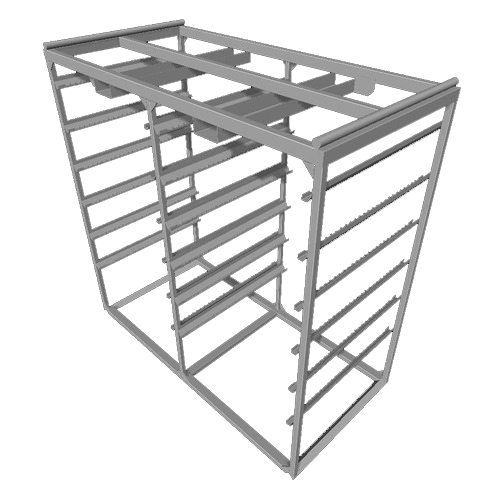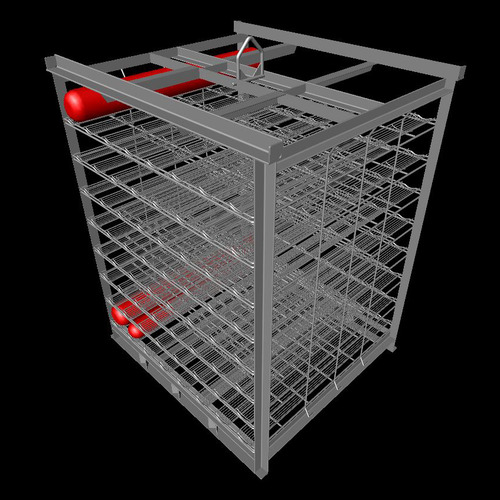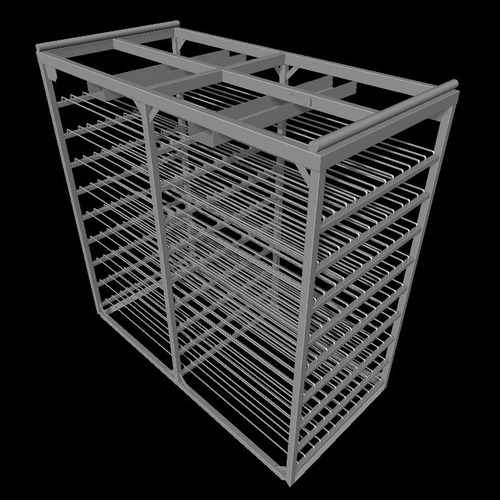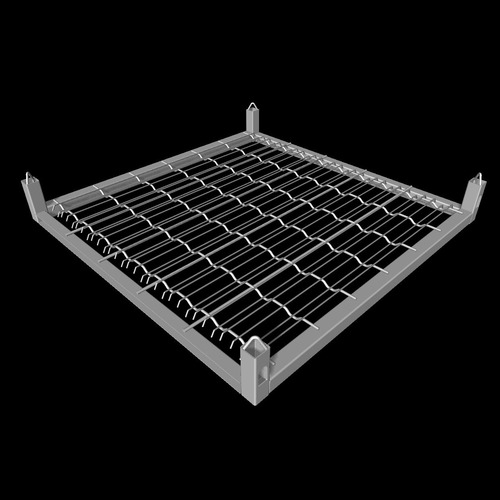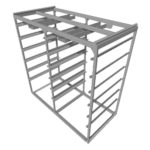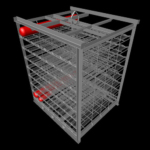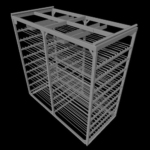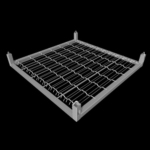Cooking / Slicing
Cooking and slicing meat and fish
Cooking and slicing meat and fish require specific equipment to ensure increased productivity while minimizing waste. The use of cooking racks and slicing racks keeps products in an optimal position, reducing the risk of drops or deformation during the process. This equipment is designed to facilitate handling while improving the organization of production flows, minimizing unnecessary movements and optimizing work time.
In addition, stackable racks and double racks offer vertical storage capacity, saving space and facilitating product management, while limiting manual intervention and material loss. This approach guarantees efficient production management while ensuring consistent quality of finished products.
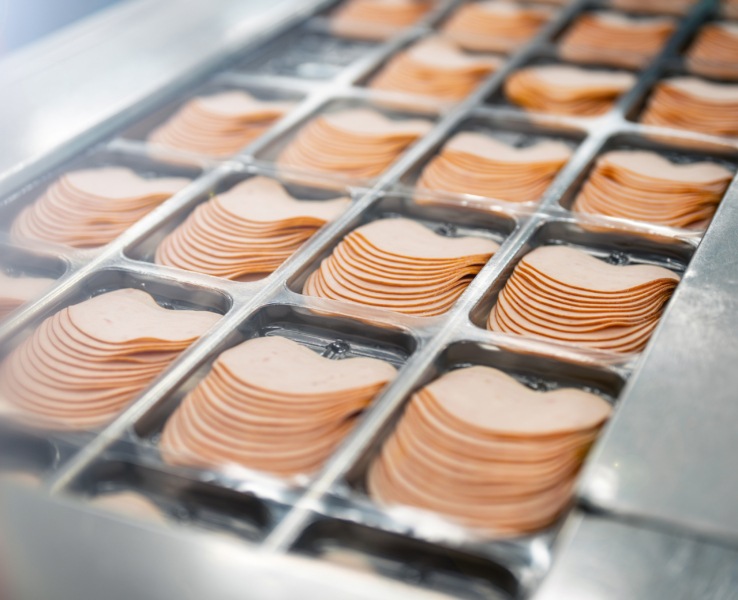
Reducing Waste and Maximizing Yield
Equipment specifically designed for cooking and slicing meat and fish, such as cooking racks, stacking racks, and double racks, is optimized to reduce waste and maximize product yield. Thanks to their careful design, these tools allow for better positioning and secure product holding, reducing waste during the cooking and slicing process.
Reducing waste contributes to more efficient use of raw materials, maximizing profitability while ensuring quality results. This equipment is also designed to promote more optimized workflows, providing smoother management and better product control throughout the process.
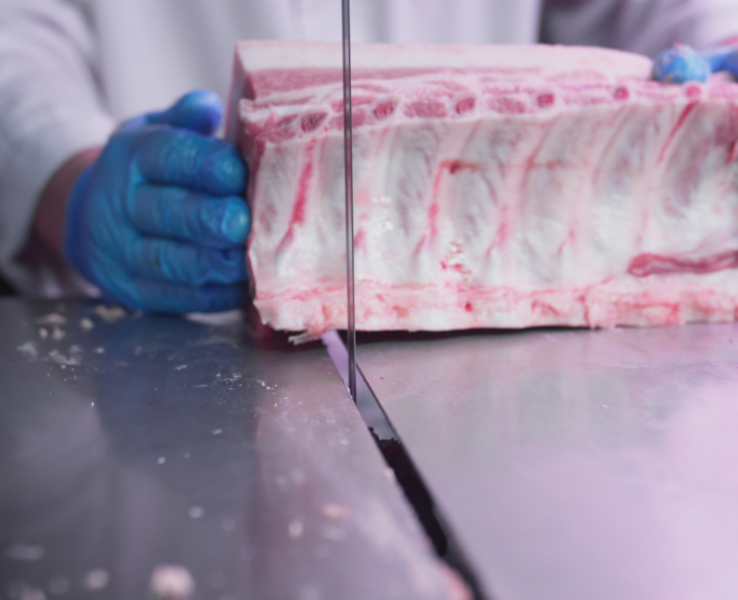
Improved Workflow
Cooking and slicing equipment, such as cooking racks, double racks, and stackable racks, are not only robust but also designed to offer maximum ergonomics. These tools are designed to be easy to use, reducing physical effort and improving operator comfort. Optimal product positioning in the racks minimizes unnecessary movement and handling, while ensuring greater fluidity in cooking and slicing operations.
Furthermore, the ability to stack racks saves significant space and promotes better space management in production facilities. These features contribute to improved workflows and reduced preparation time, thus increasing operational efficiency.
